Merlin Casey’s, Task 1 Animation Sequence, 2020
The animation sequence created for task 1 was competent in exploring motion design basics and fundamentals using After Effects software. Using the repeater tool was transformative in the way I was able to duplicate existing animations and alter them slightly, offset them and create a series of variations fairly quickly. This was how I was able to create the diamond sequence from animating one square.



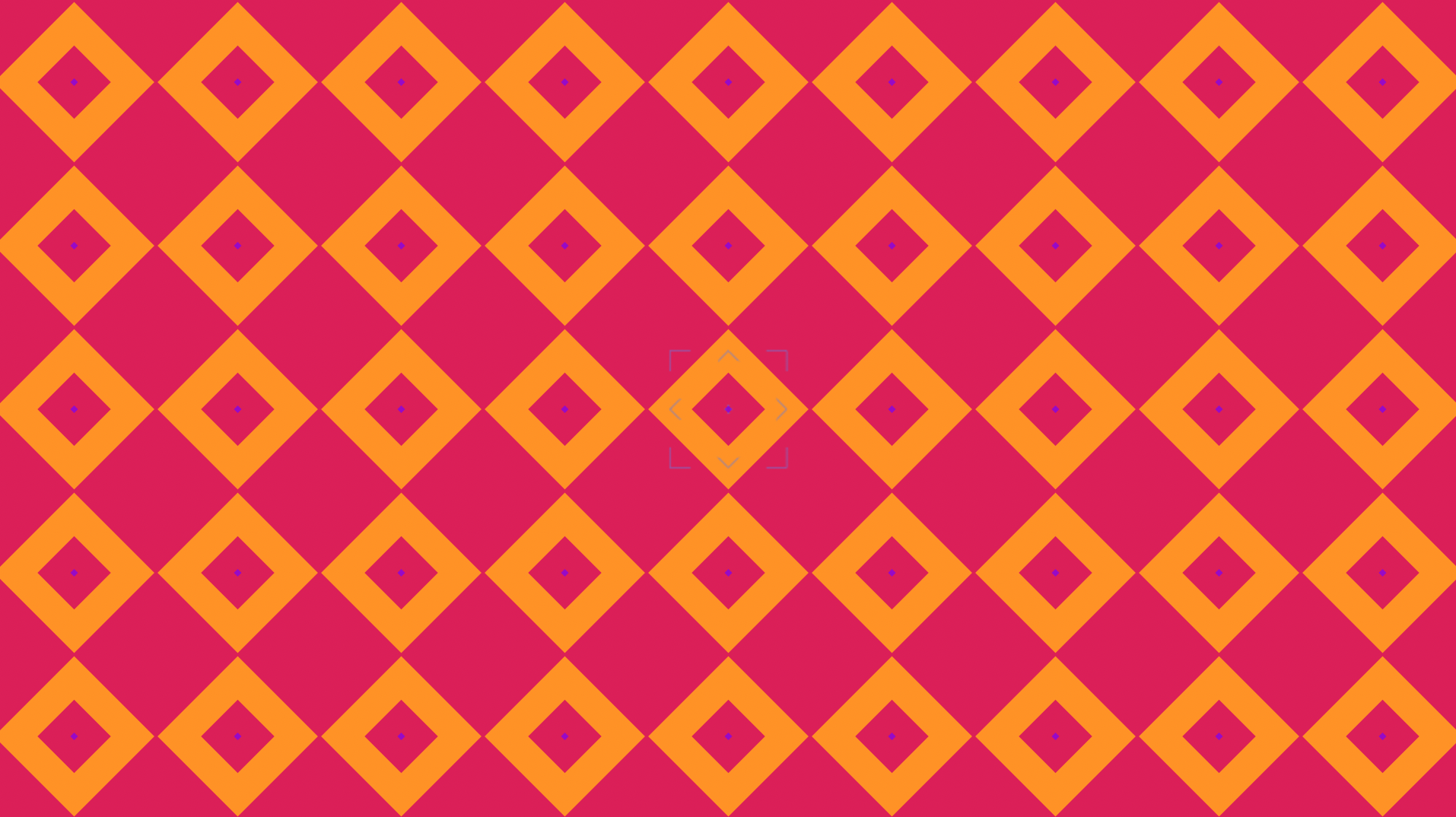
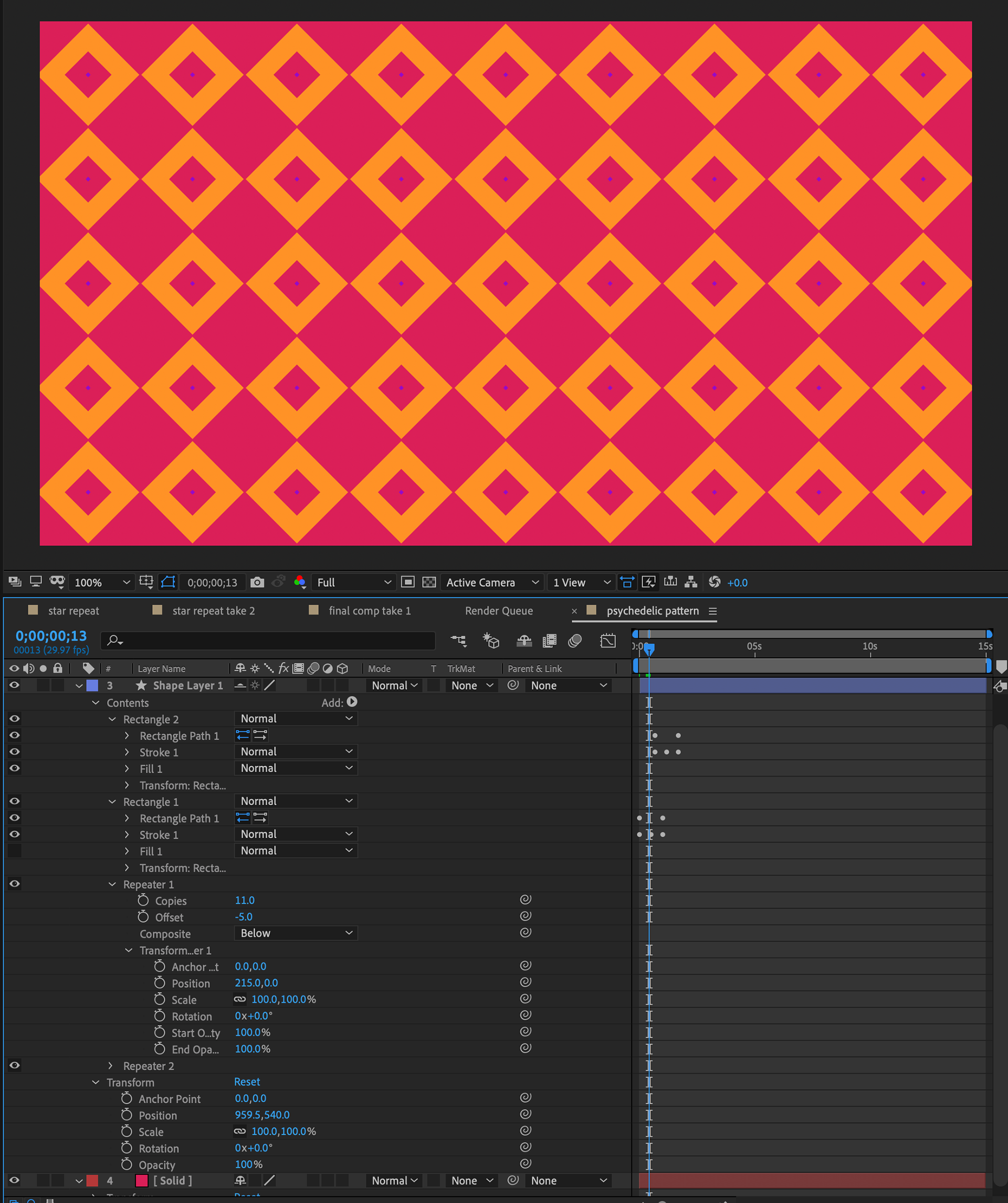
Video stills from Merlin Casey’s, Task 1 animation sequence, 2020
The use of the graph editor for working with temporal differences and sequencing was a game changer. The graph editor allows you to manipulate the velocity of the keyframes you select. Such as the size may upscale quickly and release slowly rather than a gradual and constant speed. Manipulating the velocity of motion allows different feelings to be associated with movement, creating tension and release or showing the relationships between objects and their attraction or static behaviours. (Krasner, 2013) I used the graph editor to create the illusion of upscaling penetration through the screen. This element was successful with the radial sequences creating a burst of colour saturation and repetition of objects.


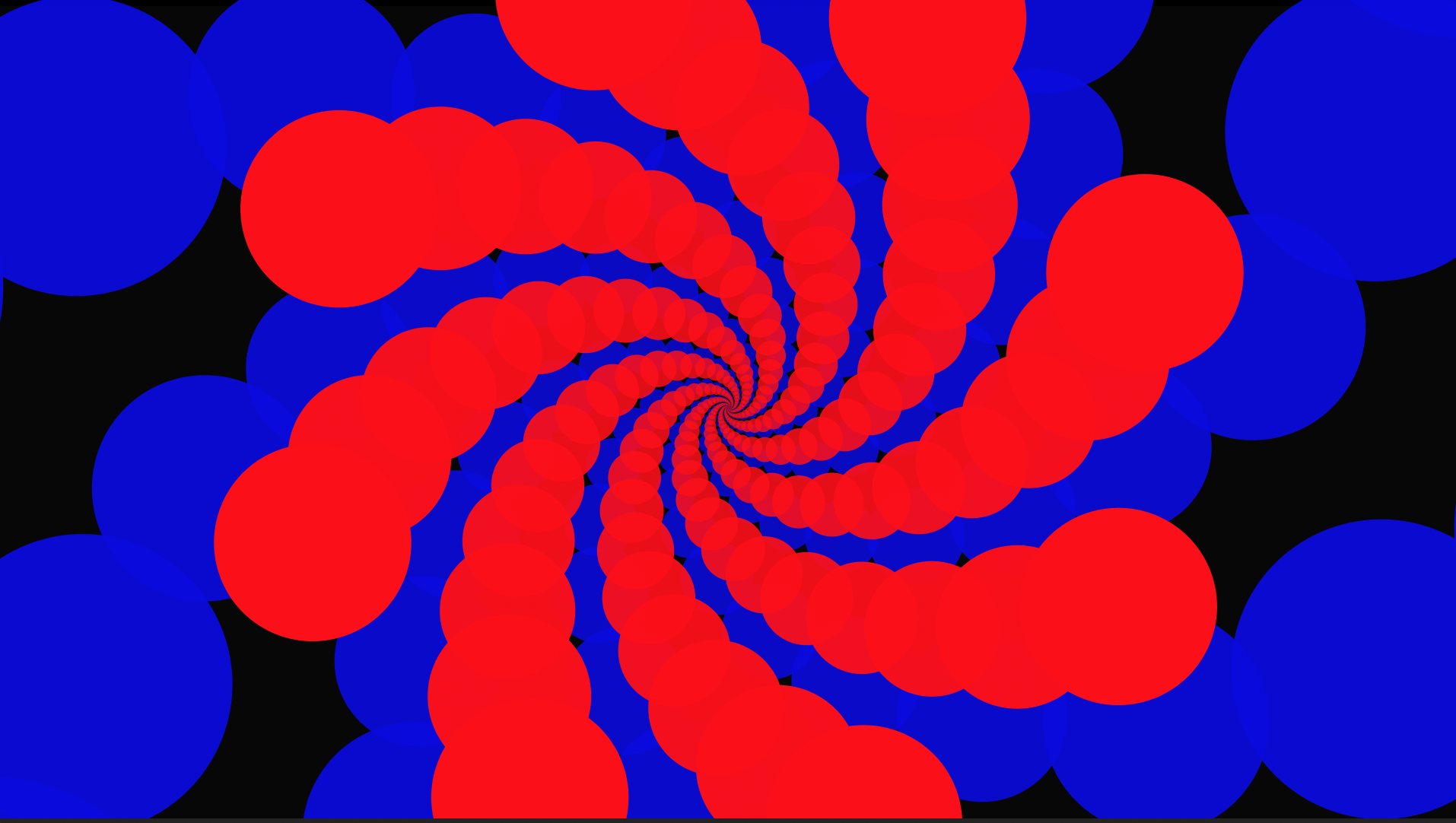


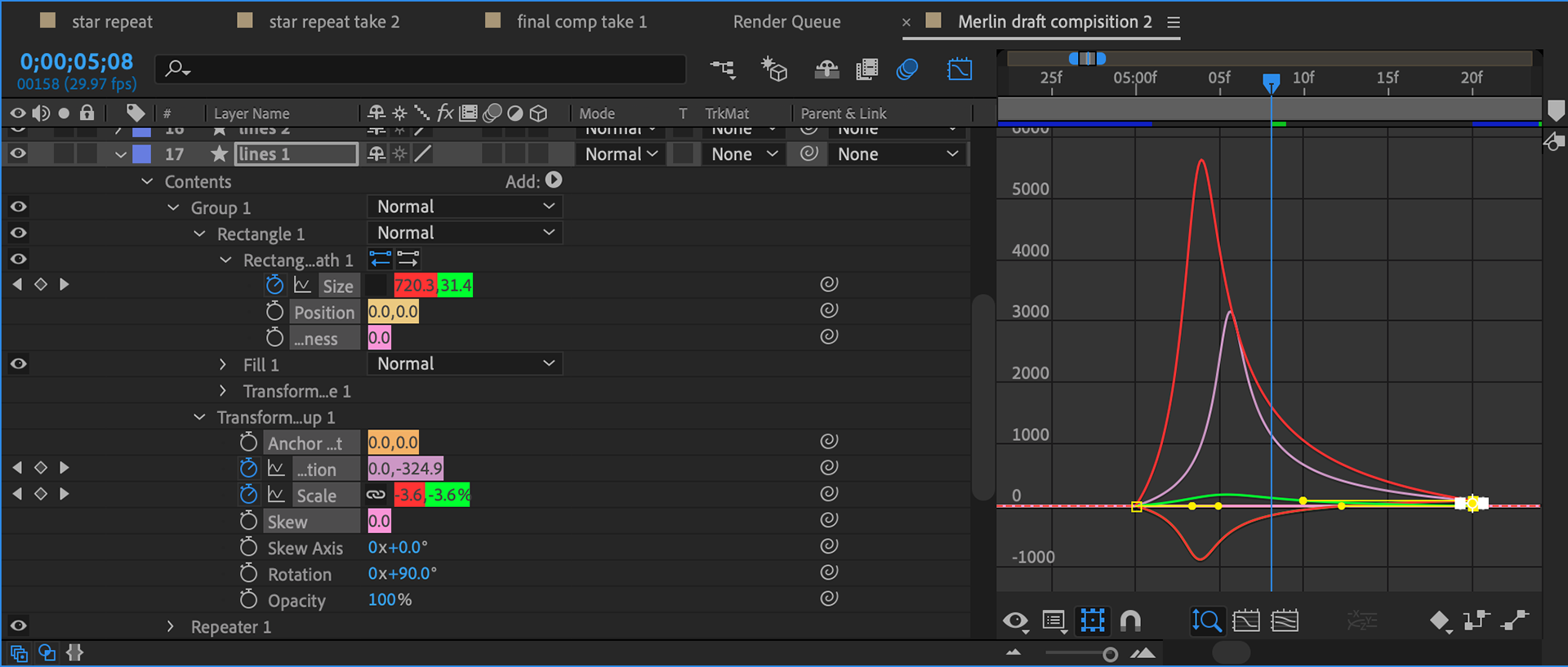
Video stills from Merlin Casey’s, Task 1 animation sequence, 2020
Seeing how colours work with one another to create illusion, or make you perceive there is a third colour is extremely fascinating to me. Colour alchemy in this task was explored using the black background to emphasise the colour changes and patterns. I used a black background to offset the vibrance and not overwhelm the viewer with the speed and repetition of the animation. In the colour block sequence though they are plain rectangles of colour it is interesting to me how the temporal aspect of colour changes can be so attractive and painful at the same time.
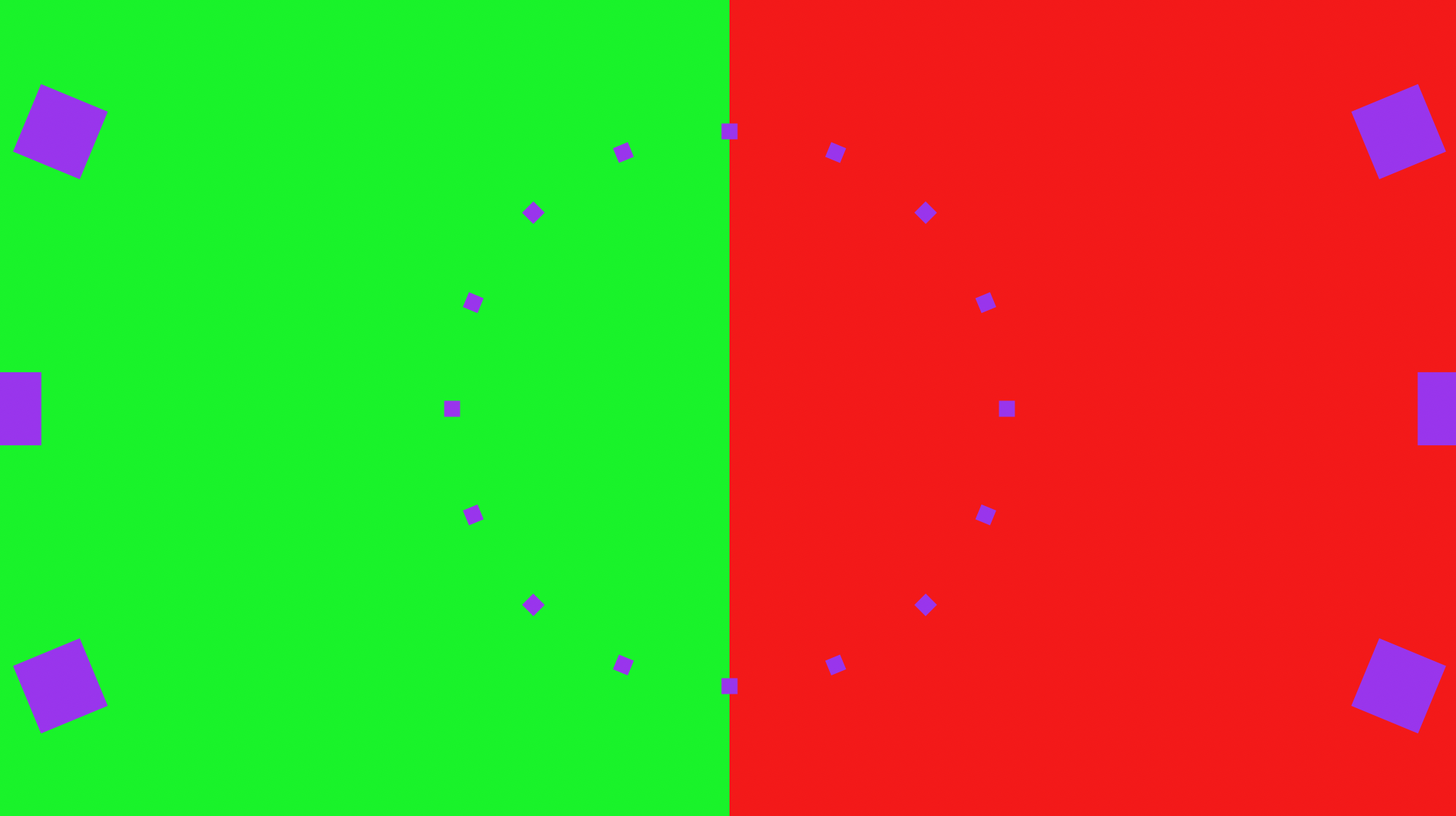


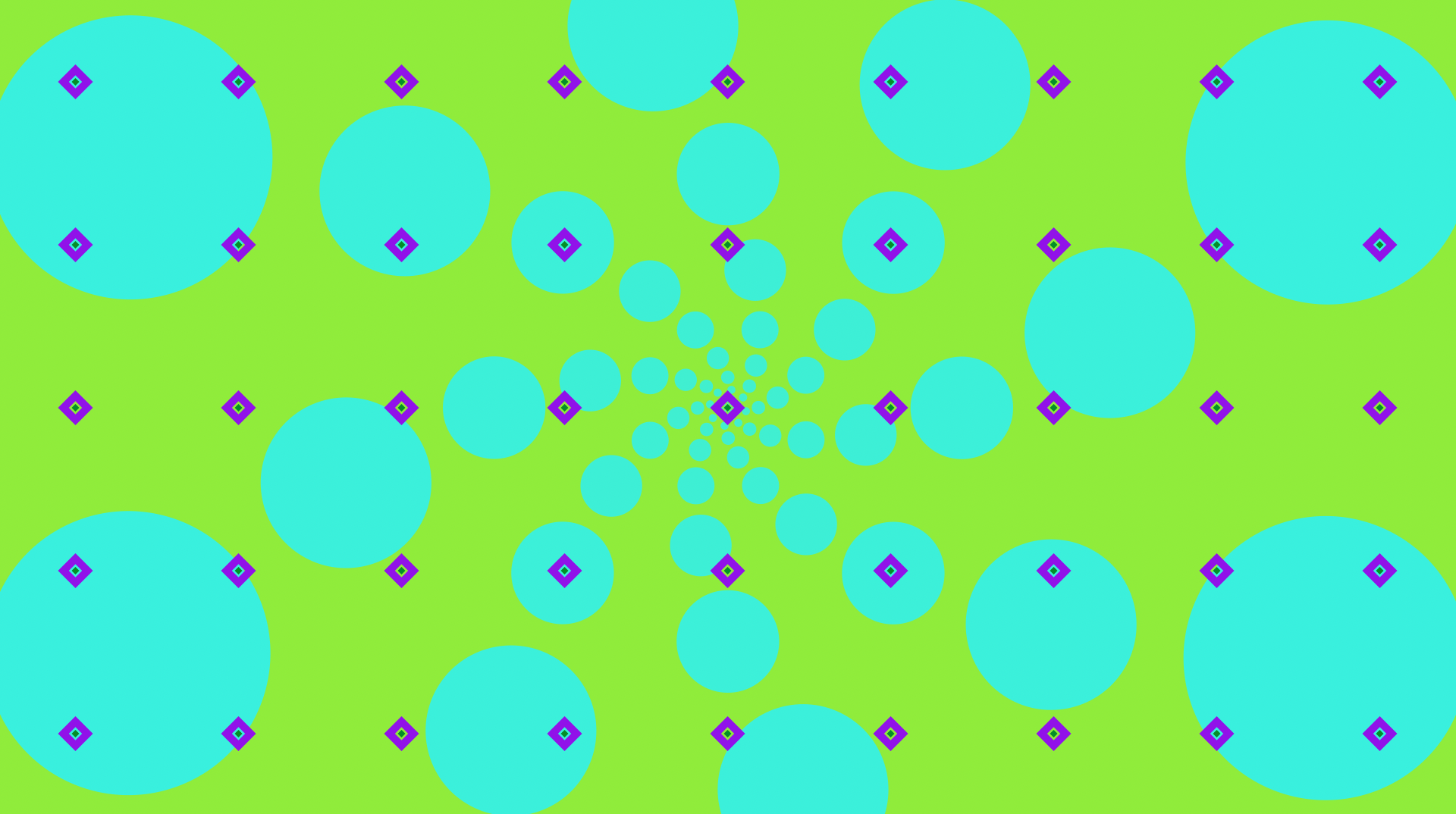

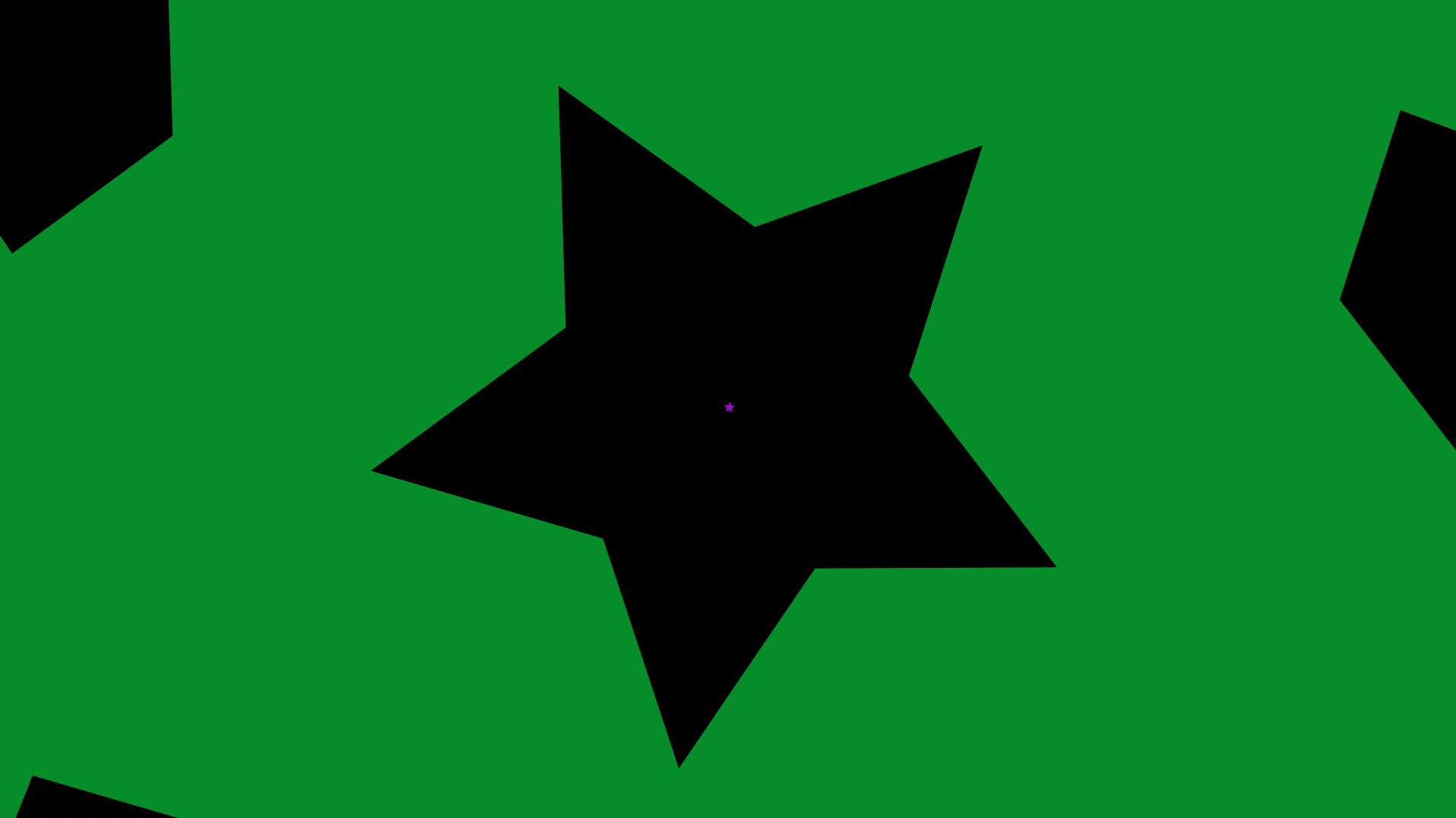

Video stills from Merlin Casey’s, Task 1 animation sequence, 2020
My work is deeply inspired by esoteric and magical imagery and philosophy. I believe task 1 gave me a foundation to further explore these approaches I embed in creative disciplines. The work of Harry Smith was deeply influential aesthetically and philosophically, Krasner (2013) writes
“Intrigued by the occult, [Smith] often spoke of his art in alchemical and cosmological terms. Echoing his life and personality, his compositions are complex and mysterious and have been interpreted as explorations of unconscious mental processes. Like an alchemist, he worked diligently on his films secretly for almost 30 years. At times, Smith spoke of synesthesia and the search for correspondences among colour, sound, and movement.”
(Krasner, 2013)

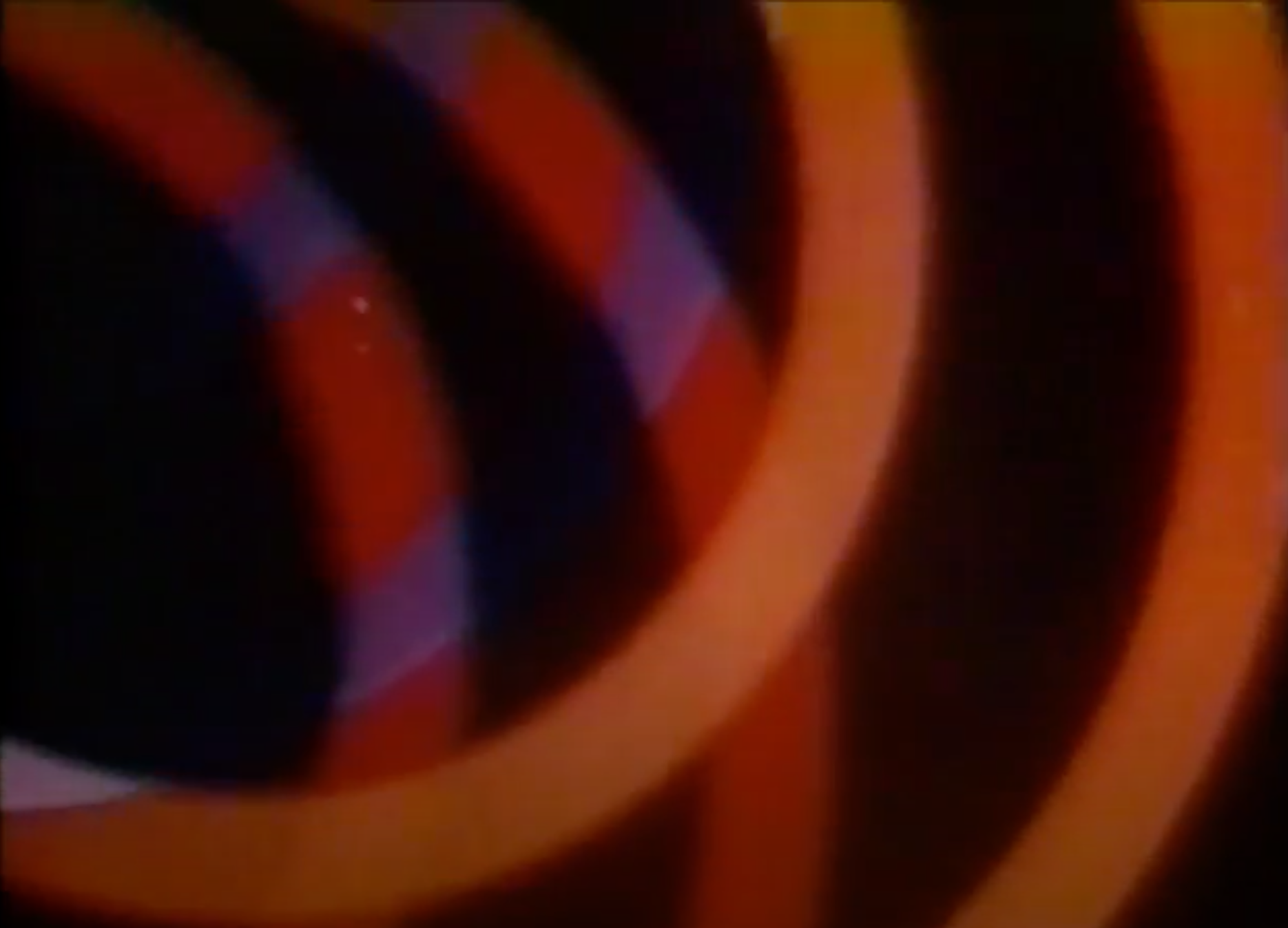


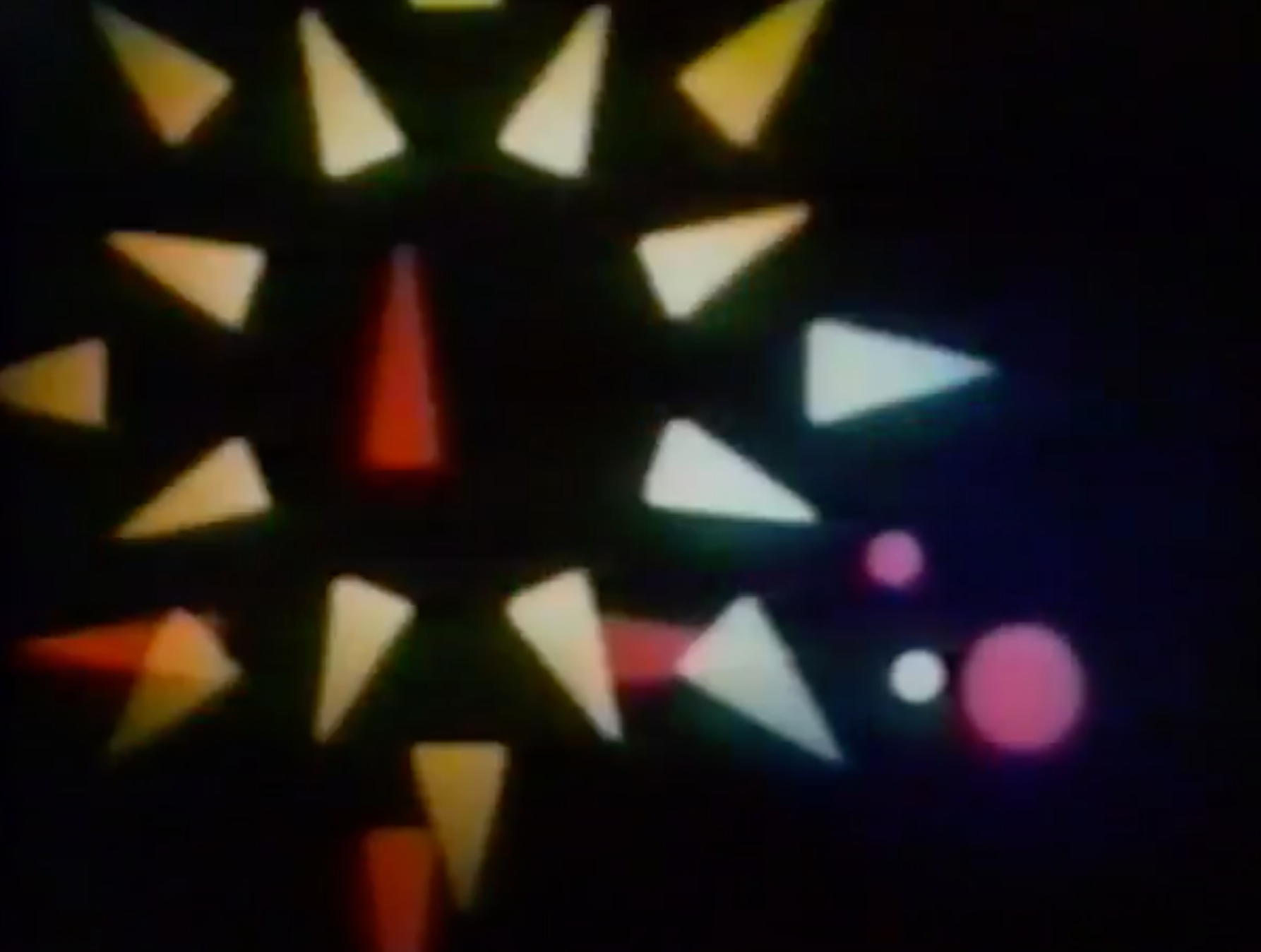


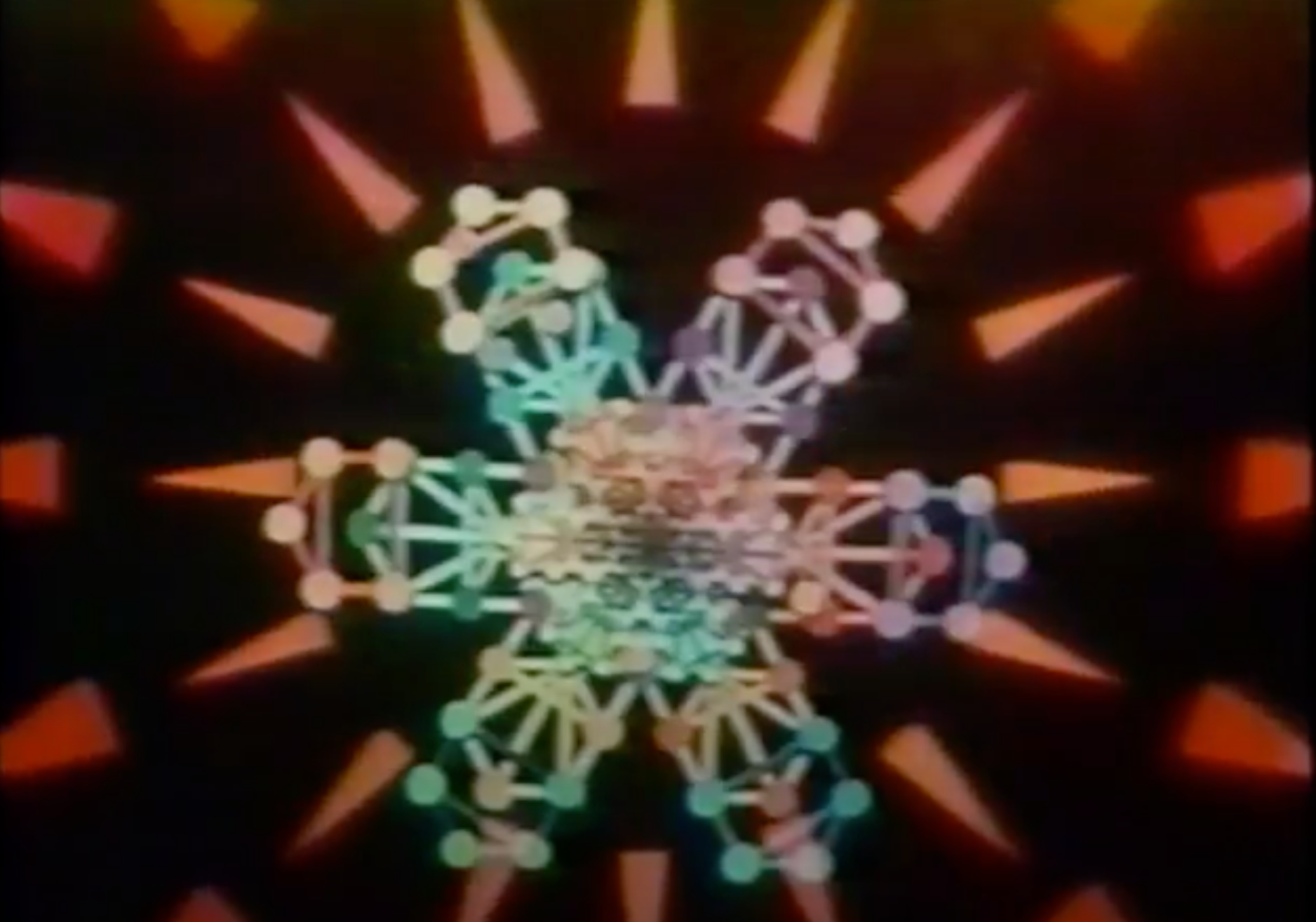
Video Stills from Smith H, 1946-57. Early Abstractions. [video] You Tube, Available at: <https://www.youtube.com/watch?v=Sf0m64JZ2ZI&list=WL&index=180&t=0s> [Accessed 29 April 2020].
Typographically I struggled with marrying the text with the graphics of the sequence. I explored temporal aspect of primary motion, playing the text in time with the music. I could have explored much more abstract movement of the type. Instead I worked with a gridded system that followed the text up the scale of the score, increasing the size by 50% with each note. The typographic motion offset the rest of the sequence by creating a much finer texture and static graphic that is unbalanced compared to the symmetry of the rest of the animation.
Though music is unmarked in task 1 I will briefly mention that it is something I find very helpful in articulating a design aesthetic and rhythm to movement. As my main influences are narrative based or music based I am conditioned to think critically about what design elements work in partnership to their accompanying component, be it film, advertising or music.
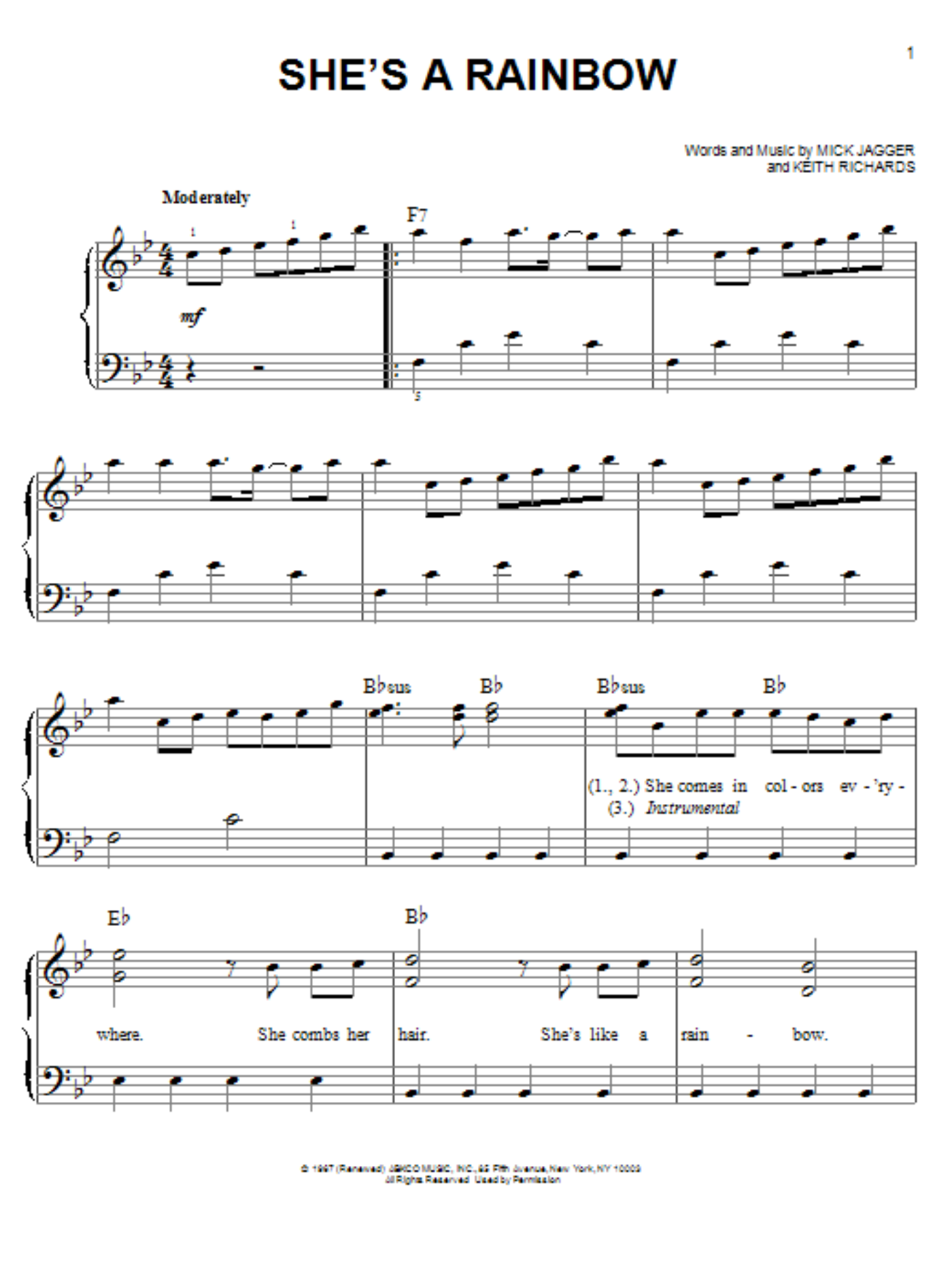

The Rolling Stones: Jagger M, Richards K, 1969, She’s A Rainbow, Sheet Music Direct, [webpage], available at <https://www.sheetmusicdirect.com/en-US/se/ID_No/99527/Product.aspx> [Accessed 30 April 2020] and Video stills from Merlin Casey’s, Task 1 animation sequence, 2020
The Rolling Stones: Jagger M, Richards K, 1969, She’s A Rainbow, ABKCO Music and Records, Inc, Available at <https://www.youtube.com/watch?v=6c1BThu95d8> [Accessed 25 March 2020]
I tend to spend a lot of time researching the work of others, especially in digital creation rather than experimenting with my own ideas of what something could look like of the movement and forms it may take, I aim to locate numerous “information hooks required for effective communication” (Ambrose & Harris, 2009) With future work I want to explore a more artistic and creative pursuit that I follow in visual arts. Working with concept development and process rather than strict guidelines of technical detail and possibilities that I pursued for task 1.
David Barringer explains in Graphic Design Thinking : Beyond Brainstorming (Lupton, 2011) that he edits through trying and failing and doesn’t subscribe to a particular style and can “I can become ambivalent. I can paralyze myself with indecision.” But ultimately states that through a process of ideating and culling “The best designs connect to the subject matter, the content: they are not literal but figurative; they can sustain more than one interpretation.” Barringer explains the goal of my design pursuits perfectly.
Task 1 was fundamental in developing software skills and I am able to move forward in different artistic approaches now that I understand the program. Below are some ideas for early stages of my animation sequence when the poster was still a part of the assignment. I want to expand on this concept and create animation that accompanies print work and poster design.
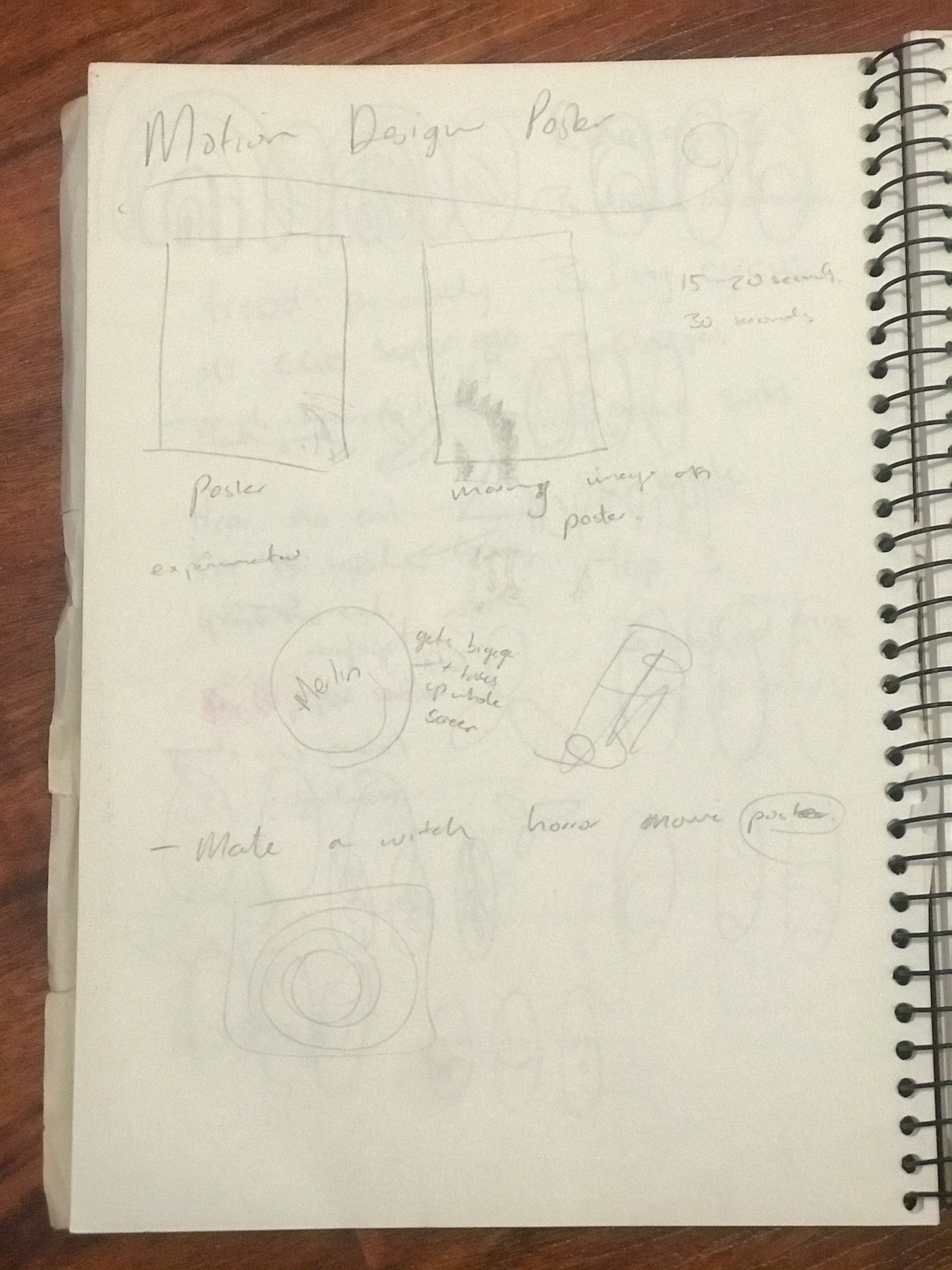
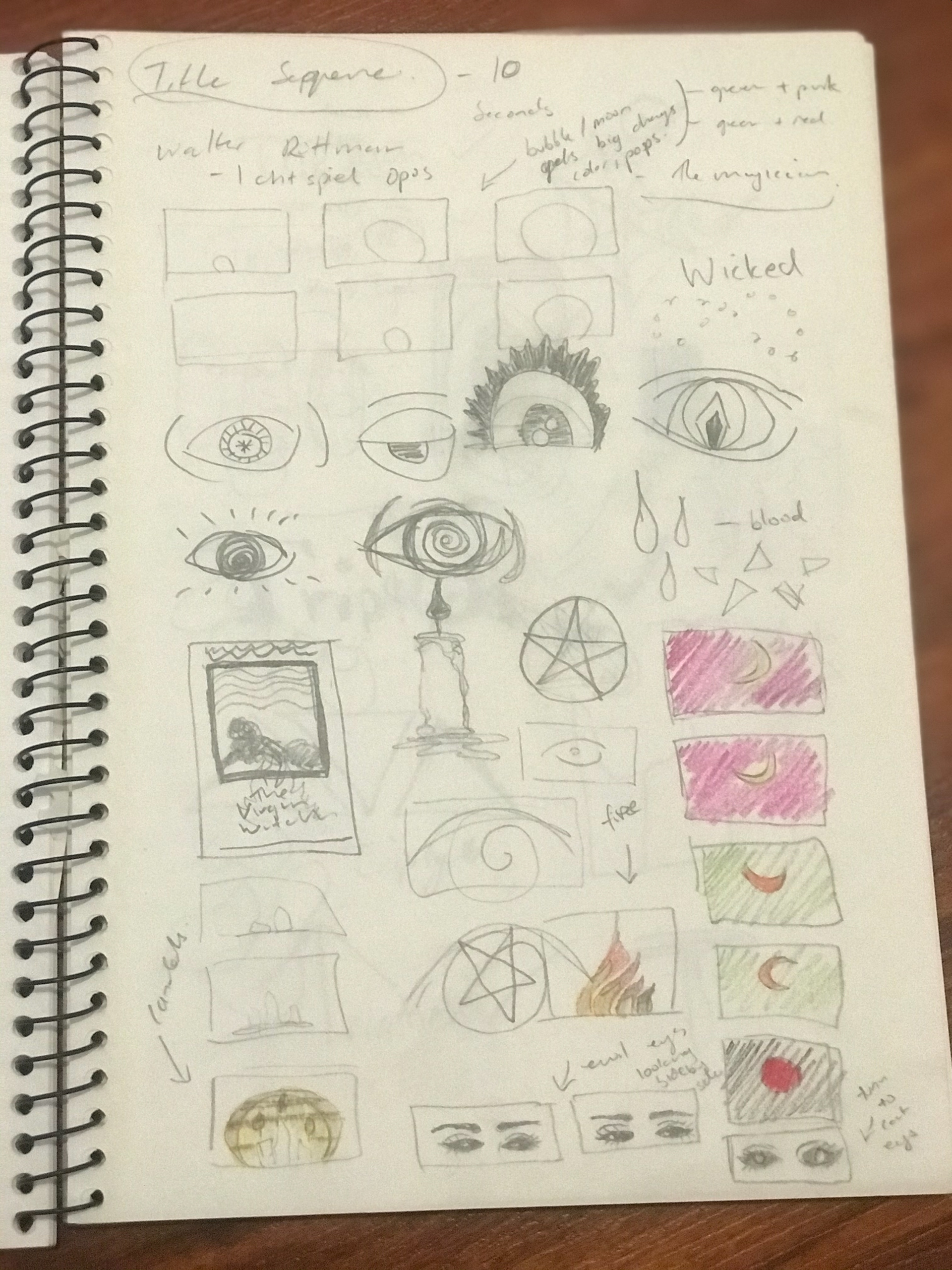

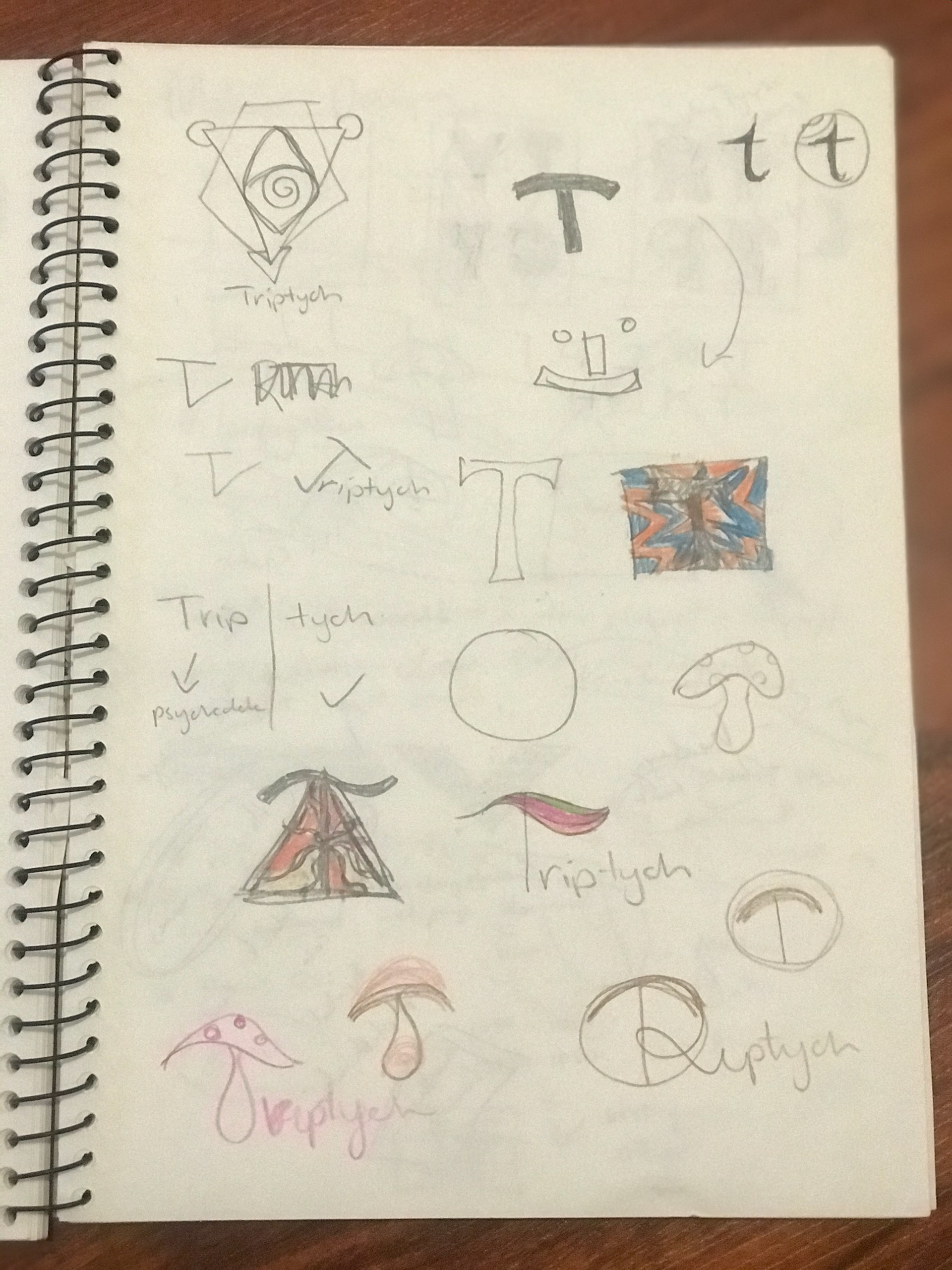

Images from Merlin Casey’s, Task 1 animation sequence, Graphic Design Journal, 2020
Much of the design process for task 1 involved understanding the features and application of tools in After Effects. This meant the foundation of my animation came from following tutorials on Skill Share and YouTube to gain an understanding of the possibilities, and design fundamentals of the After Effects software. This exercise has allowed me to ideate and experiment with abstract and narrative techniques that have been applied in film and video. The future of my work will evolve from the knowledge of moving simple shapes to more complex images, the involvement of photographic image and video and more typographic techniques.
I am primarily interested in developing title sequences, music videos and animating branding graphics. I am also looking forward to exploring more collaborative work. I am considering a partnership with Nova for the major project to create a functional branding system, music video animation and online identity for our women led creative project called Dump Star. It is early stages, but we have a manifesto, some branding completed and couple half written songs.
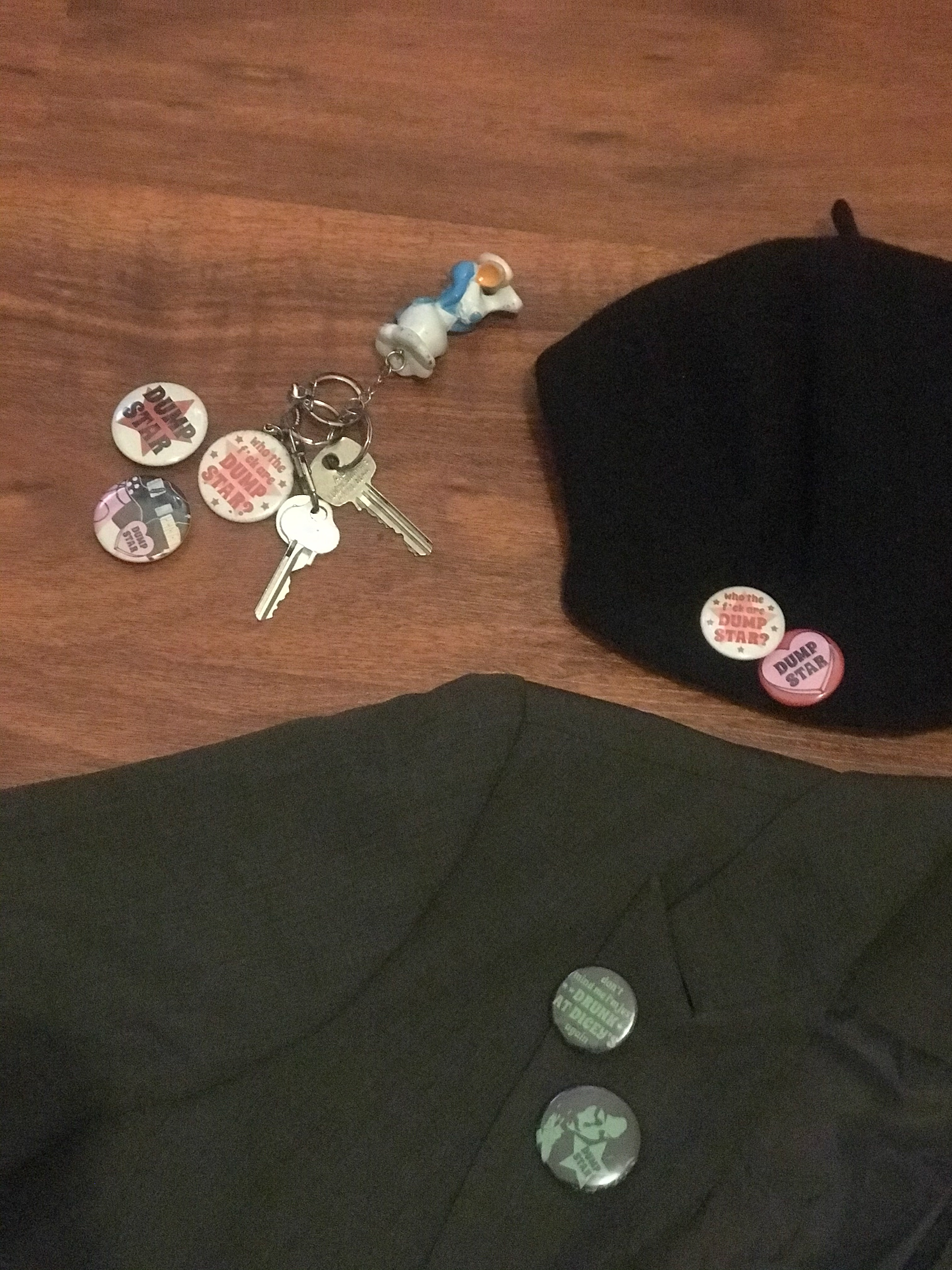



Nova Farrell and Merlin Casey badge design collaboration for Dump Star, 2020
Sources:
Krasner, Jon. Motion Graphic Design : Applied History and Aesthetics, Taylor & Francis Group, 2013. ProQuest Ebook Central, available at http://ebookcentral.proquest.com/lib/uow/detail.action?docID=1207565. Accessed 29 April 2020
Lupton, E (ed.) 2011, Graphic Design Thinking : Beyond Brainstorming, Princeton Architectural Press, New York. Available from: ProQuest Ebook Central. < https://ebookcentral-proquest-com.ezproxy.uow.edu.au/lib/uow/reader.action?docID=3387597&ppg=177> [Accessed 29 April 2020].
Ambrose, G, & Harris, P 2009, Design Thinking, AVA Publishing, Crans-pres-Celigny, CHE. Available from: ProQuest Ebook Central. < https://ebookcentral-proquest-com.ezproxy.uow.edu.au/lib/uow/reader.action?docID=4654086&ppg=29> [Accessed 29 April 2020]
Video:
Smith H, 1946-57. Early Abstractions. [video] You Tube, Available at: <https://www.youtube.com/watch?v=Sf0m64JZ2ZI&list=WL&index=180&t=0s> [Accessed 29 April 2020].
The Rolling Stones: Jagger M, Richards K, 1969, She’s A Rainbow, ABKCO Music and Records, Inc, Available at <https://www.youtube.com/watch?v=6c1BThu95d8> [Accessed 25 March 2020]
Merlin Casey’s, Task 1 animation sequence, 2020
Images:
The Rolling Stones: Jagger M, Richards K, 1969, She’s A Rainbow, Sheet Music Direct, [webpage], available at <https://www.sheetmusicdirect.com/en-US/se/ID_No/99527/Product.aspx> [Accessed 30 April 2020]
Video Stills from Smith H, 1946-57. Early Abstractions. [video] You Tube, Available at: <https://www.youtube.com/watch?v=Sf0m64JZ2ZI&list=WL&index=180&t=0s> [Accessed 29 April 2020].
Video stills from Merlin Casey’s, Task 1 animation sequence, 2020
Images from Merlin Casey’s, Task 1 animation sequence, Graphic Design Journal, 2020
Nova Farrell and Merlin Casey badge design collaboration for Dump Star, 2020